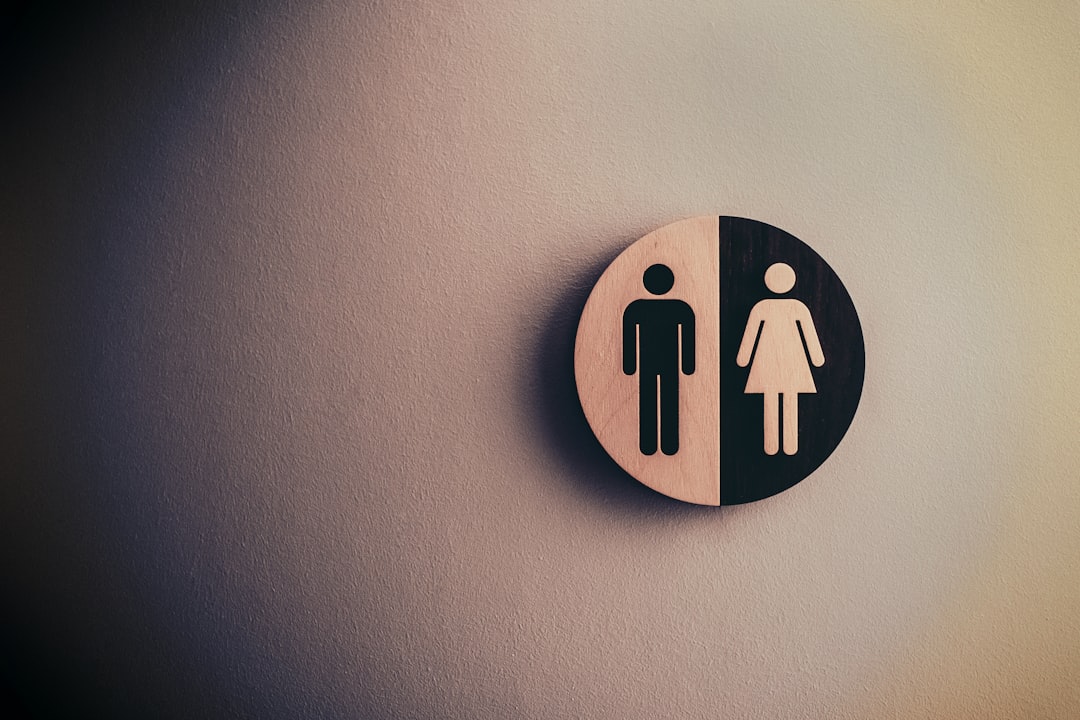How I Would Explain a Christian View of Transgenderism to a Non-Christian
We all know deeply held beliefs can be wrong. The question is which ones.
This was originally published in March as a subscriber-only post. For the first day of LGBT pride month, I’ve decided to republish it free to all.

Let’s begin with the observable facts of anatomy. Males have different reproductive organs than females. More than that, the reproductive organs of males appear to be designed to fit together with those of females. If you took a class on safe sex in high school, your teacher (or book, or video, or whatever) almost certainly assumed that female reproductive organs had to be treated differently than male ones. Thus, every boy in that class was expected to know how to put on a condom, and every girl in that class was expected to know what the birth control pill does. I doubt there was much confusion in the class over why girls weren’t expected to practice with condoms on themselves or the boys weren’t asking questions about the pill.
Now of course, this doesn’t prove that all the biological males in the class experienced male gender identity, or that the biological girls experienced the opposite. But the point is simply that sex education depends on a meaningful distinction between maleness and femaleness, and that this distinction is a given one, not simply an artifact of culture. No one was brainwashed into thinking they have the physical parts between their legs that they can plainly see. Boys see their boy parts, and girls see their girl parts, and from the moment boys and girls are born other people relate to them not simply as generic humans but as boys or girls, mostly because of these observable human parts.
Christianity begins with the teaching that God created a man and a woman, Adam and Eve. When Adam saw Eve for the first time, he was so excited that he broke out into song.
Keep reading with a 7-day free trial
Subscribe to Digital Liturgies to keep reading this post and get 7 days of free access to the full post archives.

